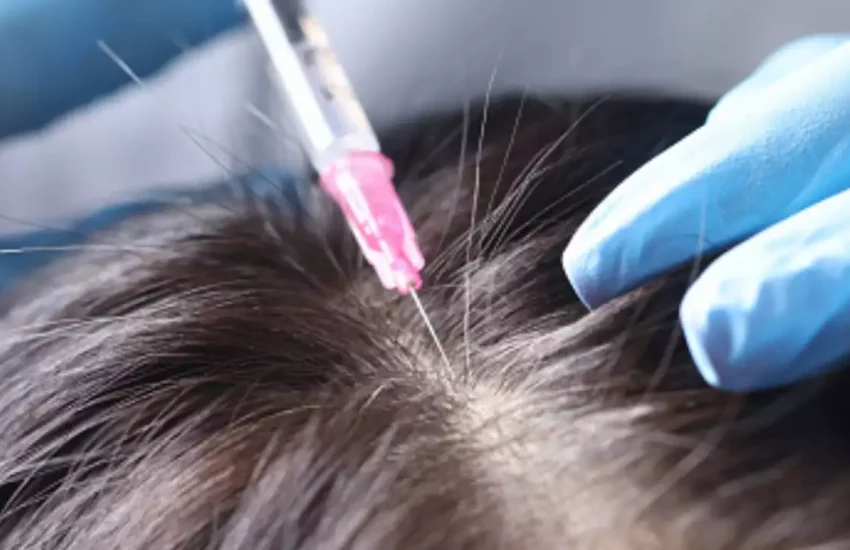Dry Needling Can Make Your Pain-Free Dreams Come True
Dry needling is often confused with acupuncture as the two techniques use similar pieces of equipment but differ in their application. Dry needling is used as a physical therapy technique for the treatment of pain and movement impairments. The technique uses a dry needle penetrating without the use of medication or injection, through the skin into the areas of the muscle. Dry needling is known as trigger point dry needling and intramuscular manual therapy.
Acupuncture has its roots in traditional Chinese medicine and is performed by acupuncturists. Dry needling is based on modern western medicine principles backed by scientific research. Both techniques are used to relieve pain that inhibits movement and restricts joining hampering free range motion and functionality of limbs and joints. It is used to immediately reduce pain, muscle tension and improve mobility.
Therapists use dry needling which is used in combination with other physical therapy treatments. Physical therapists target the trigger points that are knotted muscles to relieve pain or improve the range of motion. Dry needling improves pain control, reduces muscle tension, and normalizes dysfunctions of the motor endplates. This helps in the active rehabilitation of patients enabling them to lead a life free from pain.
Dry needling entails the use of sterile acupuncture needles that are inserted through the skin into muscles, tendons, and ligaments to reduce pain, decrease muscle tension, and facilitate mobility. Dry needling is used to treat various musculoskeletal and neuromuscular issues. Dry needling facilitates soft tissue healing enabling the body to heal faster reducing pain.
The Mechanism
A trigger point is a taut band of skeletal muscle located within a larger muscle group. Trigger points can be tender and sensitive to touch causing pain to the area surrounding the affected area.
Dry needling uses thin sterilized needles that penetrate the skin and stimulate the underlying muscles and tissues promoting the myofascial release of trigger points, muscles, and connective tissues. The needles enable physical therapists to treat tissues that can otherwise be hard to reach. Proper precautions and safety rules are followed during the dry needling technique to avoid any possible side effects such as infections spreading from person to person. Physical therapists wear gloves and appropriate protective equipment when dry needling and follow all mandatory health standards. The sterile needles are disposed of in a medical sharps collector.
Dry needling can be combined with traditional physical therapy and advanced manual therapy techniques. The physical therapy treatment plan is patient-centric catering to the specific needs of the patients. The plan may entail dry needling with manual therapy, massaging, and other types of physical therapy techniques to reduce pain and facilitate mobility improving the quality of life.
Benefits of Dry Needling
There are several benefits of dry needling such as relieving pain, enabling effective pain management, improving blood flow and circulation to the affected area, and improving soft tissue healing helping in faster recovery.
The sterilized needles create a minor tissue puncture injury which initiates release in the trigger point. The injury causes slight inflammation at the site resulting in swelling, pain, and heat. The inflammation increases blood flow and circulation to the affected area which increases the oxygen supply which promotes healing.
Dry needling is practiced by highly trained physical therapists that target trigger points into muscles using sterile needles that prompt a local twitch response which creates an involuntary contraction and tightness of the band of taut muscle fibers. Once the reflex has been triggered, physiological benefits such as decreased pain and spontaneous electrical activity can be generated by the treated muscles.
Dry needling decreases the length-tension of the muscle fibers, increases blood flow and oxygenation. It decreases pain and stimulates myelinated fibers which release inflammatory mediators. These help in muscle relaxation-inducing a pain-free sensation through the release of endorphins.
Dry Needling Therapy in Practice
Dry needling therapy has recently gained attention in the past couple of years as a trusted physical therapy technique. It is proven to be effective in increasing the free range of motion, facilitating functionality and mobility by targeting trigger points that hamper joint movements and cause pain. It is used to treat acute and chronic injuries, headaches, neck and back pain, tendinitis, muscle spasms, sciatica, hip and knee pain, muscle strains, fibromyalgia, elbow pain, and overuse injuries.
Dry needling enables highly trained physical therapists to target the trigger points and deep tissues that cannot be reached by surface touch and other non-invasive physical therapy methods. The technique uses filiform needles to release and inactivate trigger points helping restricted joints and muscles.
Dry needling is a safe, tested, and medication-free physical therapy treatment that improves pain control and management reduces muscle tension in stiff muscles and normalizes limb and muscle functionality.



